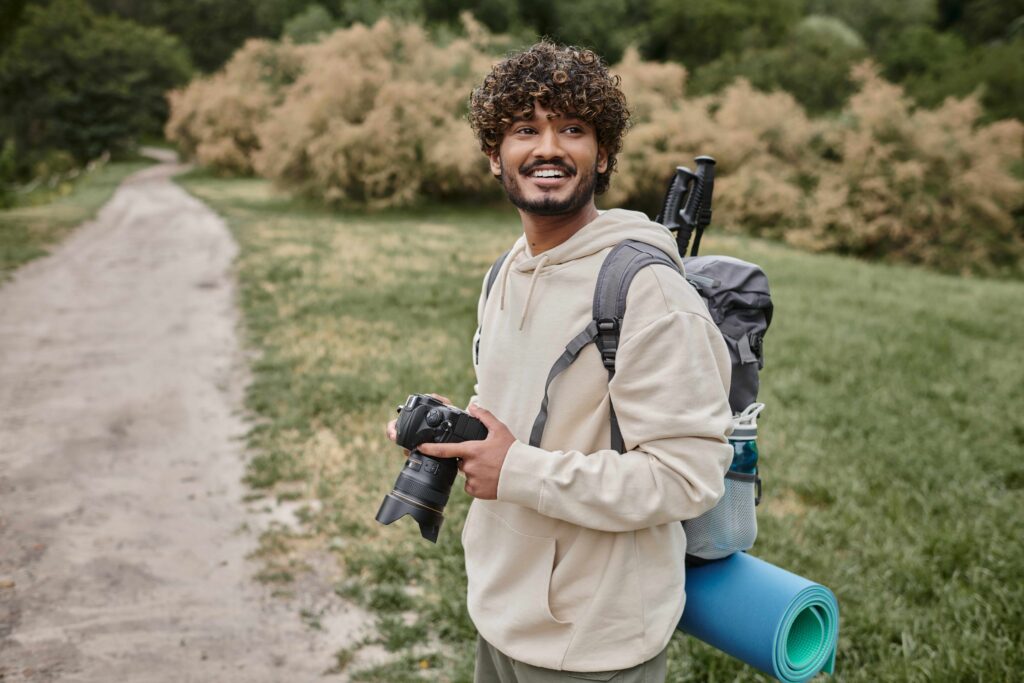Lifestyle photography has taken the world of photography by storm. Unlike traditional portrait or studio photography, lifestyle photography aims to capture real-life events, situations, and milestones in an artistic manner. It’s about documenting moments as they happen naturally, offering a more authentic and often emotive perspective.
This comprehensive guide will delve into what lifestyle photography is, how you can master it, and why it’s becoming increasingly popular among photographers and content creators.
Definition
Lifestyle photography is a genre that primarily focuses on portraying real-life events and capturing people in their everyday environments. The goal is to tell a story through the lens, capturing moments that are natural, candid, and often unplanned. It’s less about posing and more about capturing the authenticity and essence of a moment.
Key Elements
- Natural Light: Utilizing natural light is crucial. It adds to the candidness and authenticity of the photos.
- Real Environments: Shooting in real-world settings rather than studios helps in telling a genuine story.
- Candid Moments: Spontaneous captures often evoke more emotion and feel more genuine than posed shots.
- Storytelling: Each photo should tell a part of a larger story, whether it’s a day in the life of a family, a couple’s engagement, or an individual’s daily routine.
Why Lifestyle Photography?
Lifestyle photography is becoming increasingly popular for several reasons:
- Authenticity: In a world filled with overly curated content, there’s a growing demand for authenticity. People want to see real life, not just polished, perfect moments.
- Relatability: Real-life moments are relatable. Whether it’s a messy kitchen or children playing, people connect with these images on a personal level.
- Versatility: This genre is versatile, covering everything from family portraits to brand storytelling.
- Emotional Impact: Capturing genuine emotions can make a powerful impact, making the photographs memorable and meaningful.
How to Master Lifestyle Photography
Understand Your Subject
Knowing your subject is the first step in capturing authentic moments. Spend time with them, understand their routines, preferences, and personalities. This understanding will help you anticipate moments worth capturing.
Use Natural Light
Natural light adds warmth and authenticity to lifestyle photos. Avoid harsh direct sunlight; opt for softer, diffused light during golden hours (early morning or late afternoon). If shooting indoors, make use of windows and natural light sources.
Shoot in Real Environments
Forget the studio. Your aim is to capture real-life moments in real environments. Whether it’s a home, park, or coffee shop, these settings add context and richness to your storytelling.
Focus on Candid Moments
The beauty of lifestyle photography lies in its spontaneity. Keep your camera ready to capture those unplanned moments. Encourage your subjects to interact naturally and avoid directing them too much.
Tell a Story
Think of each photo as a piece of a larger narrative. Whether you’re documenting a day in the life of a family or capturing a couple’s engagement, each shot should contribute to an overarching story.
Use Minimal Gear
You don’t need a truckload of equipment to excel in lifestyle photography. A good camera, a versatile lens (like a 50mm prime lens), and natural lighting are often enough. The focus should be on the moments, not the gear.
Post-Processing Tips
Editing is vital in lifestyle photography. Use post-processing tools to enhance colors, adjust lighting, and crop images to better tell a story. However, keep edits minimal to retain the natural feel of the photos.
Examples of Lifestyle Photography
- Family Sessions: Capturing a day at the park, baking cookies at home, or bedtime stories.
- Brand Storytelling: Showcasing the daily operations of a business, the making of a product, or customer interactions.
- Engagement Shoots: Documenting a day in the life of a couple, focusing on their interactions and shared activities.
- Travel Photography: Capturing the essence of a place through the eyes of its locals, the daily hustle, and cultural practices.
FAQs About Lifestyle Photography
What type of camera is best for lifestyle photography?
A DSLR or mirrorless camera with a good quality lens is ideal. However, the focus should be on capturing the moment rather than the gear you use.
Do I need professional lighting equipment?
Not necessarily. Lifestyle photography thrives on natural light. Use windows, doorways, and outdoor settings to your advantage.
How do I make my subjects feel comfortable?
Spend time getting to know your subjects before the shoot. Engage in casual conversations, and encourage them to act naturally. The more relaxed they are, the better the candid shots will be.
Can lifestyle photography be done indoors?
Absolutely! Some of the best lifestyle shots happen indoors. Use natural light sources like windows and capture everyday activities in their natural settings.
How much should I edit lifestyle photos?
Minimal editing is key. Enhance colors and lighting slightly, but avoid over-editing to maintain the natural and authentic feel of the photos.
Is lifestyle photography only for people?
No, lifestyle photography can also include pets, activities, and objects that are part of everyday life. The focus is on capturing real moments and stories.
Conclusion
Lifestyle photography is more than just a trend; it’s a powerful way to tell stories and capture the essence of life as it happens. By understanding your subjects, utilizing natural light, and focusing on candid moments, you can master this genre and create impactful, authentic images.
Whether you’re a seasoned photographer or a content creator looking to diversify your portfolio, lifestyle photography offers endless opportunities to explore, create, and connect. So grab your camera, step out of the studio, and start capturing the beautiful, authentic moments that life has to offer.














